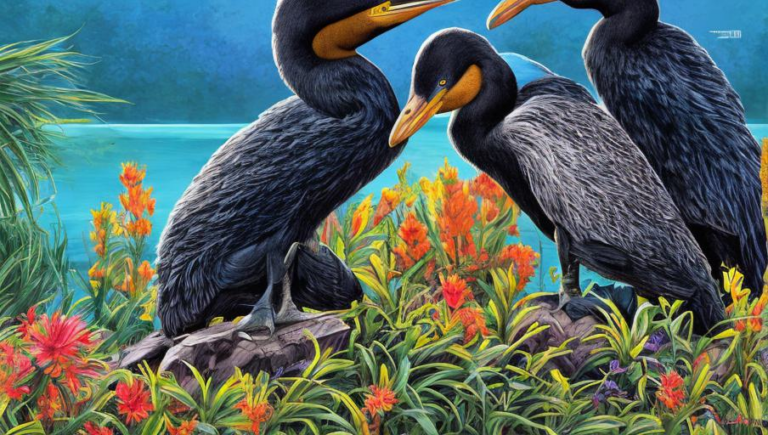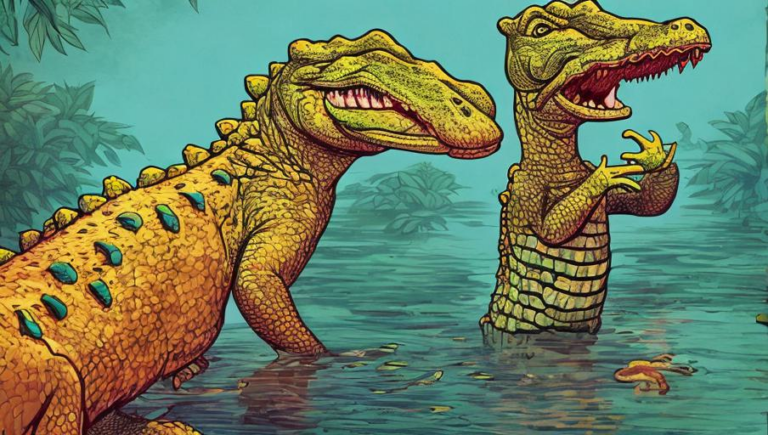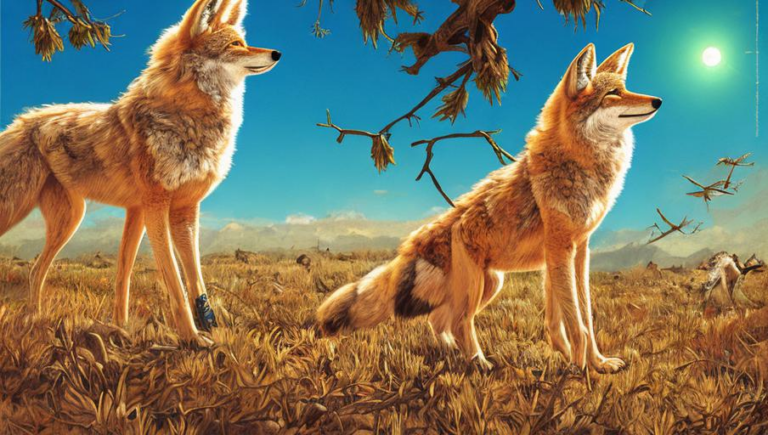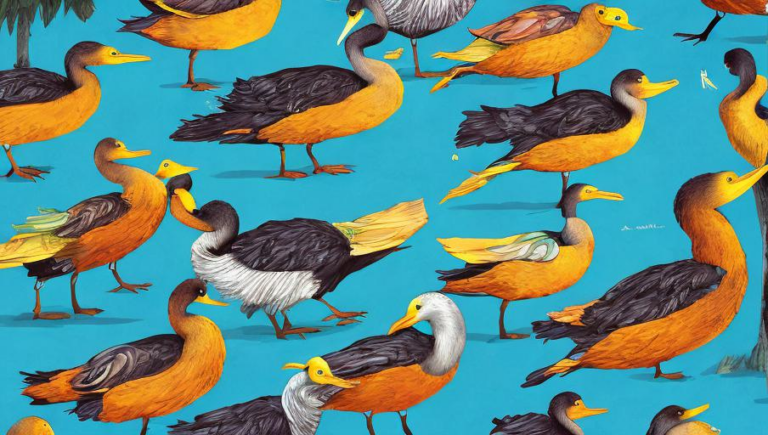Year-Round Capybara Protection
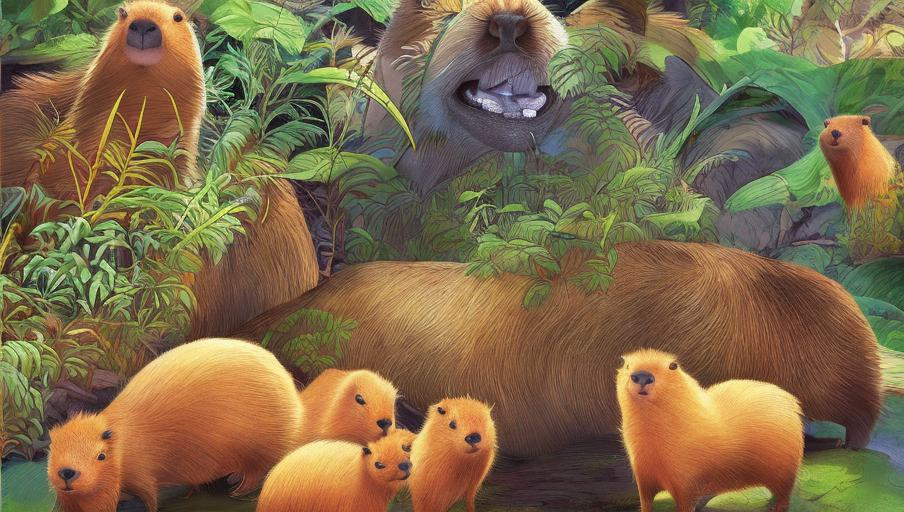
Year-Round Capybara Protection
Capybaras are the world’s largest rodent, native to South America. These semi-aquatic mammals can weigh up to 140 pounds and measure up to four feet in length. They inhabit marshy areas near rivers, lakes and ponds, and are often found near human settlements. Capybaras are gentle herbivores, and are usually quite docile when humans are around.
Capybaras are an important part of the ecosystem, providing food for predators like jaguars, ocelots, and caimans. Unfortunately, their habitat is being destroyed by humans, and they are increasingly threatened by hunting and trapping.
Given their importance to the local ecosystem, it is important to protect capybaras year-round. In order to do this, there are several steps that can be taken.
Educating the Public
Educating the public about the importance of capybara conservation is key. People should be aware of the threats facing capybaras, and how their actions can help protect them. Local governments should provide educational materials and programs about capybaras and their habitats, and should make sure that people understand the consequences of hunting and trapping these animals.
Establishing Protected Areas
Creating and maintaining protected areas for capybaras is essential to their survival. These areas should be large enough to provide a suitable habitat for the animals, and should be free of human settlement and activities, such as hunting and trapping. Local governments should also ensure that any activities within the protected area, such as fishing and farming, are done in a sustainable way.
Enforcing Hunting Laws
In order to protect capybaras, it is important to enforce hunting laws. Hunting and trapping should not be allowed in capybara habitats, and any violations should be met with swift and severe punishment. Local governments should work with law enforcement agencies to ensure that these laws are enforced.
Conducting Research
Conducting research on capybaras is another important way to protect them. By studying their behavior, habitats, and diets, researchers can gain a better understanding of the species and how to best protect them. This research can be used to create new conservation strategies, and to evaluate existing ones.
Engaging Local Communities
Engaging local communities is also key to protecting capybaras. Local people should be educated about the importance of capybara conservation, and should be encouraged to report any illegal activities they observe in the area. Furthermore, they should be involved in the creation of protected areas and other conservation strategies.
By taking these steps, we can ensure that capybaras are protected year-round. This will help ensure the health of the species and the ecosystems they inhabit, as well as giving us a chance to observe these fascinating creatures in their natural habitat.
